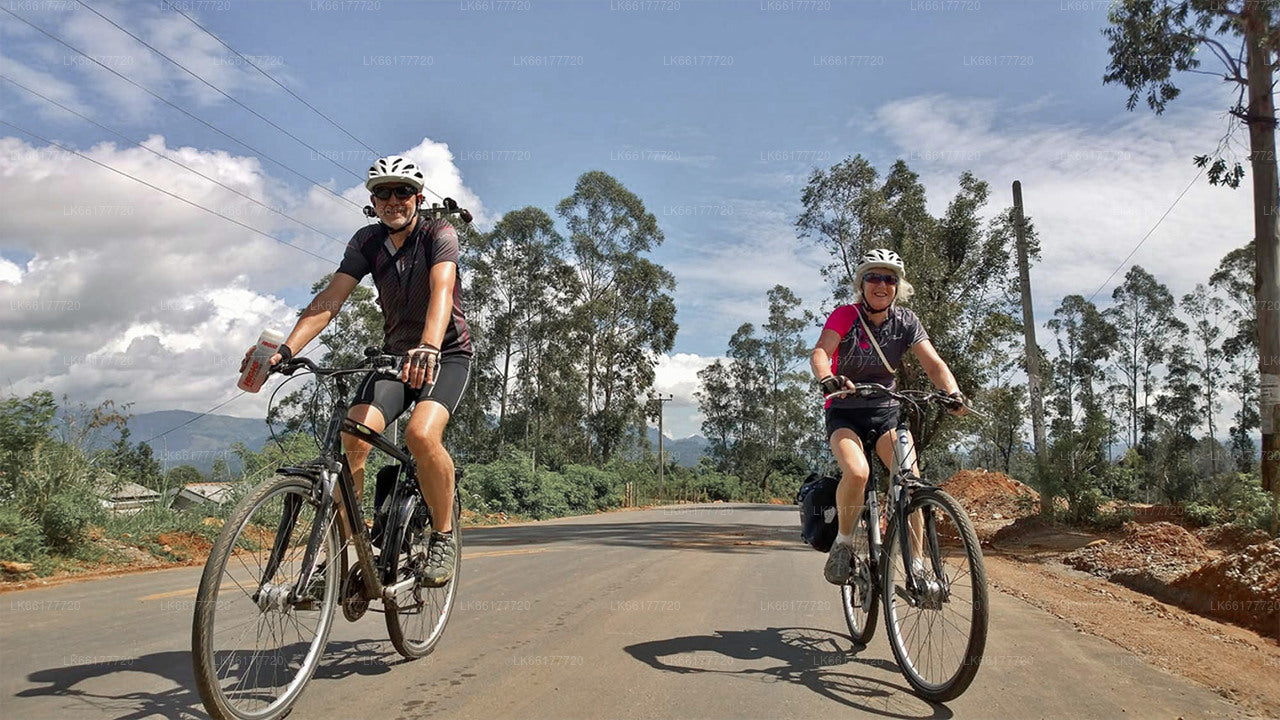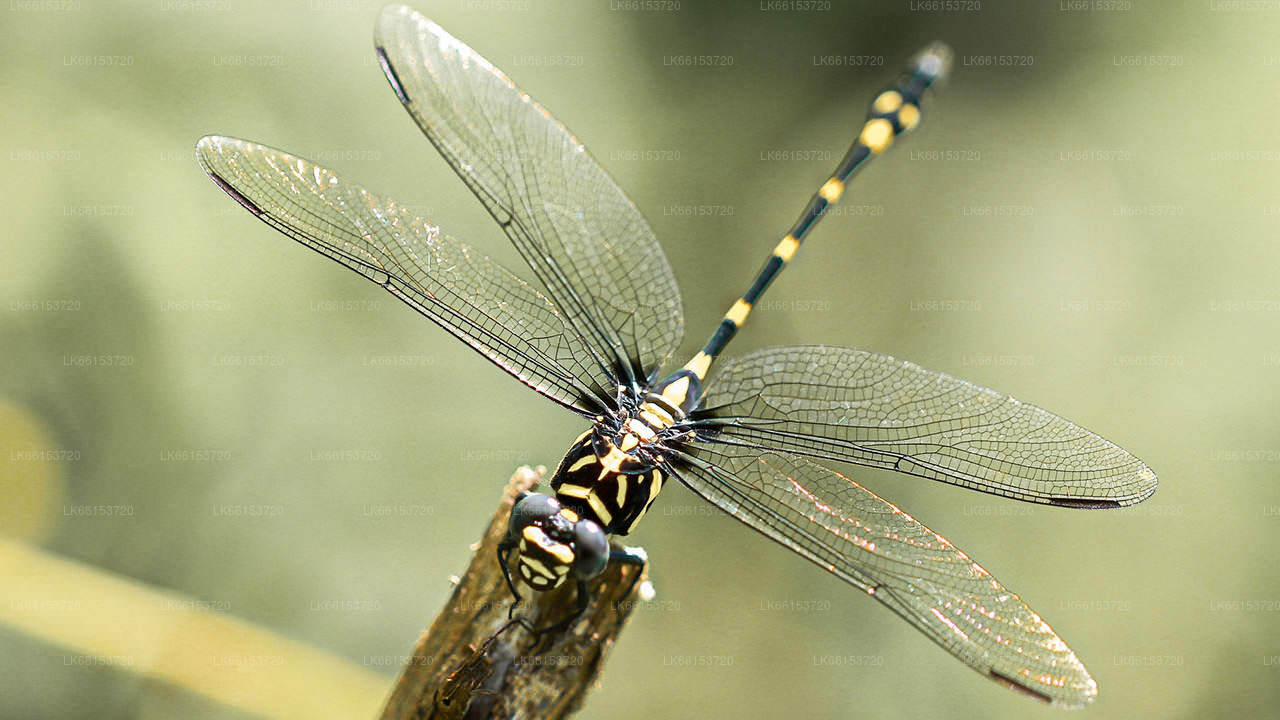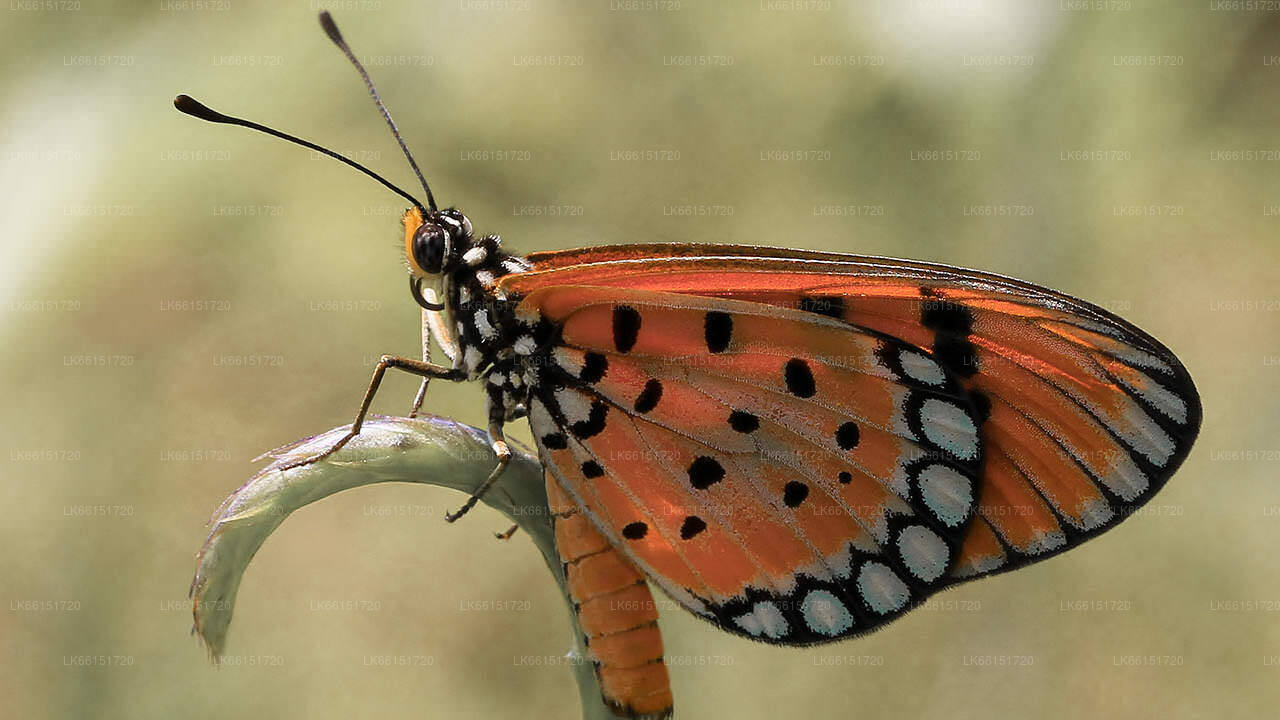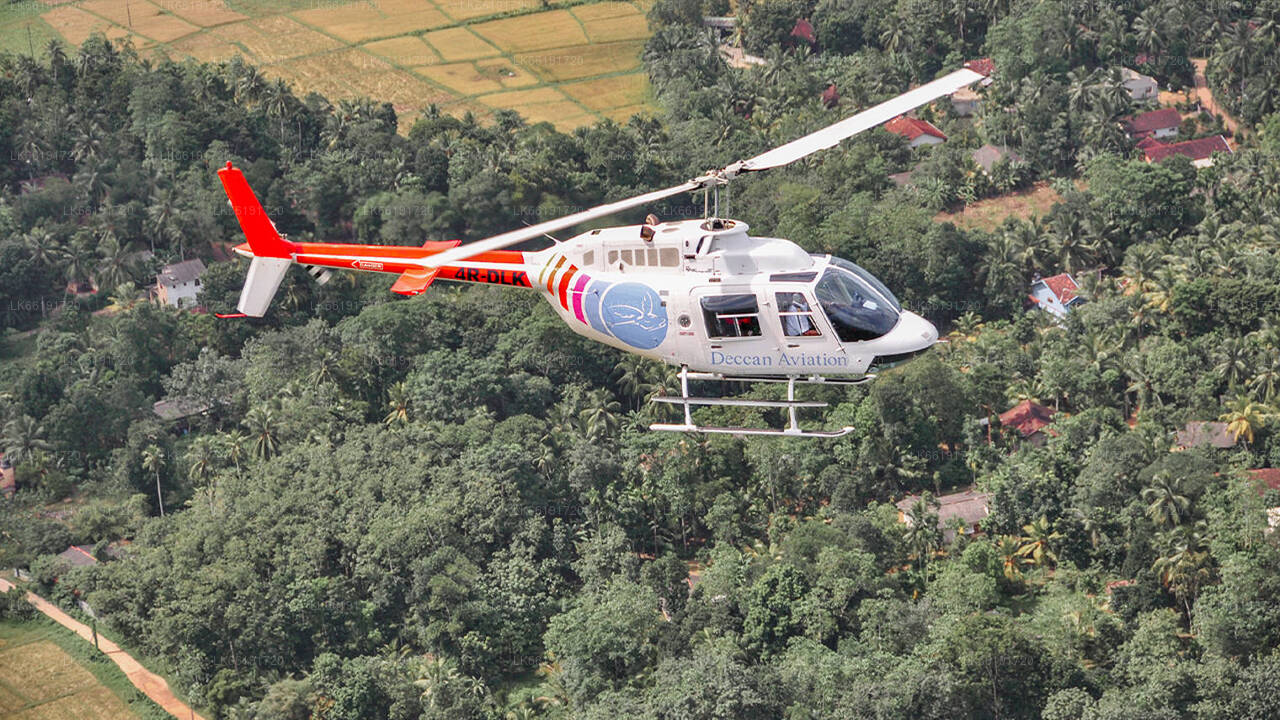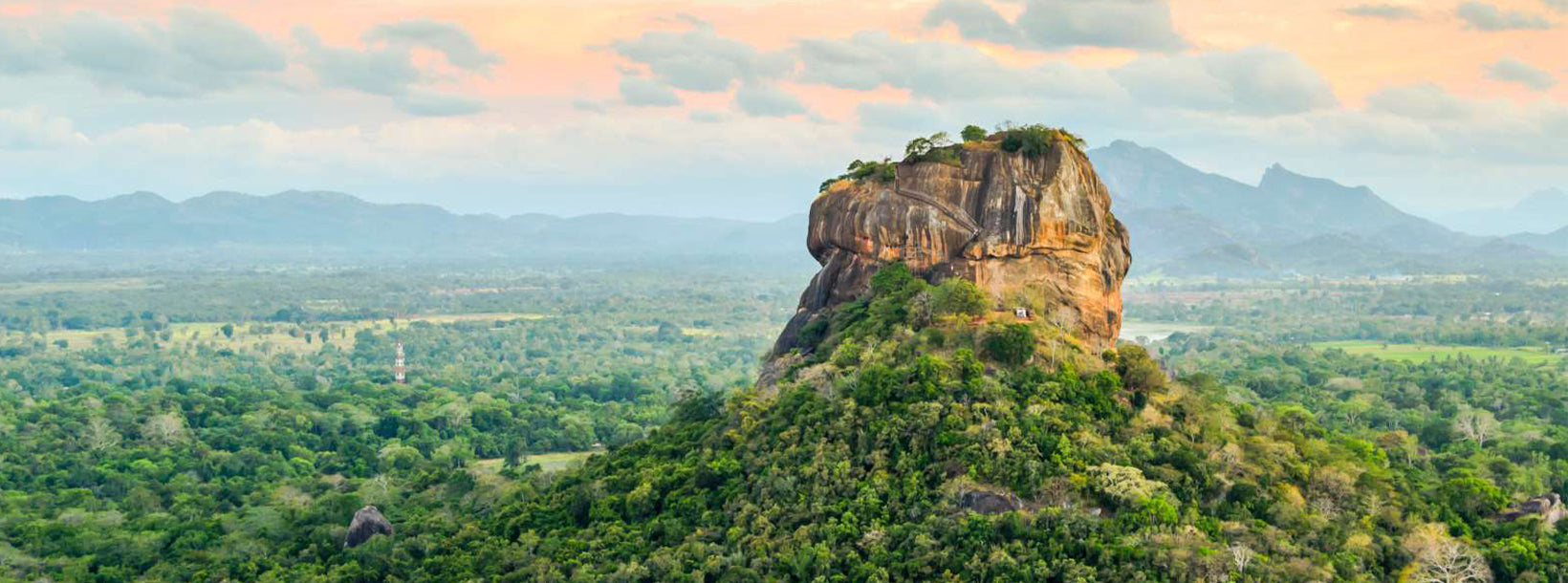
Cidade de Sigiriya
Sigiriya, Patrimônio Mundial da UNESCO no Sri Lanka, é uma antiga fortaleza e palácio rochoso com afrescos deslumbrantes e jardins extensos. Erguendo-se imponentemente sobre as planícies, é um testemunho da rica história e da engenhosidade arquitetônica da ilha. Explore a beleza encantadora e o significado cultural de Sigiriya.
Sigiriya Museum
The museum in Sigiriya is well known to be the most attractive in South Asia, managed by the Central Cultural Fund. Sigiriya Museum represents its cultural, technological and archaeological value. Three decades of archaeological research on Sigiriya, the famous UNESCO world heritage site, can be explored at the Sigiriya Museum.
The design of the museum was inspired by the sophisticated design of Sigiriya itself. It followed the concept of Green Building with the mastery use of water and the use of trees so that it stimulates a true experience. Furthermore, the floors are built so that visitors can feel the Sigiriya climb through the ascending terraces and the wide stairways.
Established in 2009, the museum contains galleries depicting the excavation efforts carried out at Sigiriya. The way it was structured is an excellent example of green building technology, as it was expertly constructed around the massive and mighty trees that have reigned the area for eons, roots-deep, as well as natural water springs.
The museum has three floors, designed to suit the pre-existing levels within the rock itself. Introductions to the exhibits and guides are available in the three main languages (Sinhala, Tamil and English) in the museum lobby.
To enter the museum, you have to make your way through a tunnel, and once you reach the first level, you’ll be greeted by the protohistory section of the museum, which contains a bunch of artefacts, including age-old pots and implements made of iron.
The next level is dedicated to the monastic era of Sigiriya, and thus includes many exhibits from that period. Glass panels provide you an overhead-view of the rock fortress’ attractions, including the water gardens at its entrance, the rusty mirror wall, and even the summit.
- Entrance fees are included in your tickets to the Sigiriya Rock Fortress.
- Sigiriya Museum is open from 8 a.m. to 5 p.m. all week.
- Not permitted get the photography in the Sigiriya Museum.
Sobre a Província Central
A Província Central do Sri Lanka é constituída principalmente por terrenos montanhosos. A província tem uma área de 5.674 km² e uma população de 2.421.148 habitantes. Algumas das principais cidades incluem Kandy, Gampola (24.730 habitantes), Nuwara Eliya e Bandarawela. A população é uma mistura de cingaleses, tâmeis e mouros. Tanto a capital montanhosa, Kandy, quanto a cidade de Nuwara Eliya estão localizadas na Província Central, assim como Sri Pada. A província produz grande parte do famoso chá do Ceilão, plantado pelos britânicos na década de 1860, após uma doença devastadora ter dizimado todas as plantações de café da província. A Província Central atrai muitos turistas, com cidades montanhosas como Kandy, Gampola, Hatton e Nuwara Eliya. O dente-de-templo ou Dalada maligawa é o principal local sagrado da província de Centrel. O clima é fresco e muitas áreas a cerca de 1.500 metros de altitude costumam ter noites frias. As encostas ocidentais são muito úmidas, com alguns locais recebendo quase 7.000 mm de chuva por ano. As encostas orientais fazem parte da zona meio seca, recebendo chuva apenas das monções do nordeste. As temperaturas variam de 24°C em Kandy a apenas 16°C em Nuwara Eliya, localizada a 1.889 m acima do nível do mar. As montanhas mais altas do Sri Lanka estão localizadas na Província Central. O terreno é predominantemente montanhoso, com vales profundos que o cortam. As duas principais regiões montanhosas são o Maciço Central e a Cordilheira Knuckles, a leste de Kandy.










